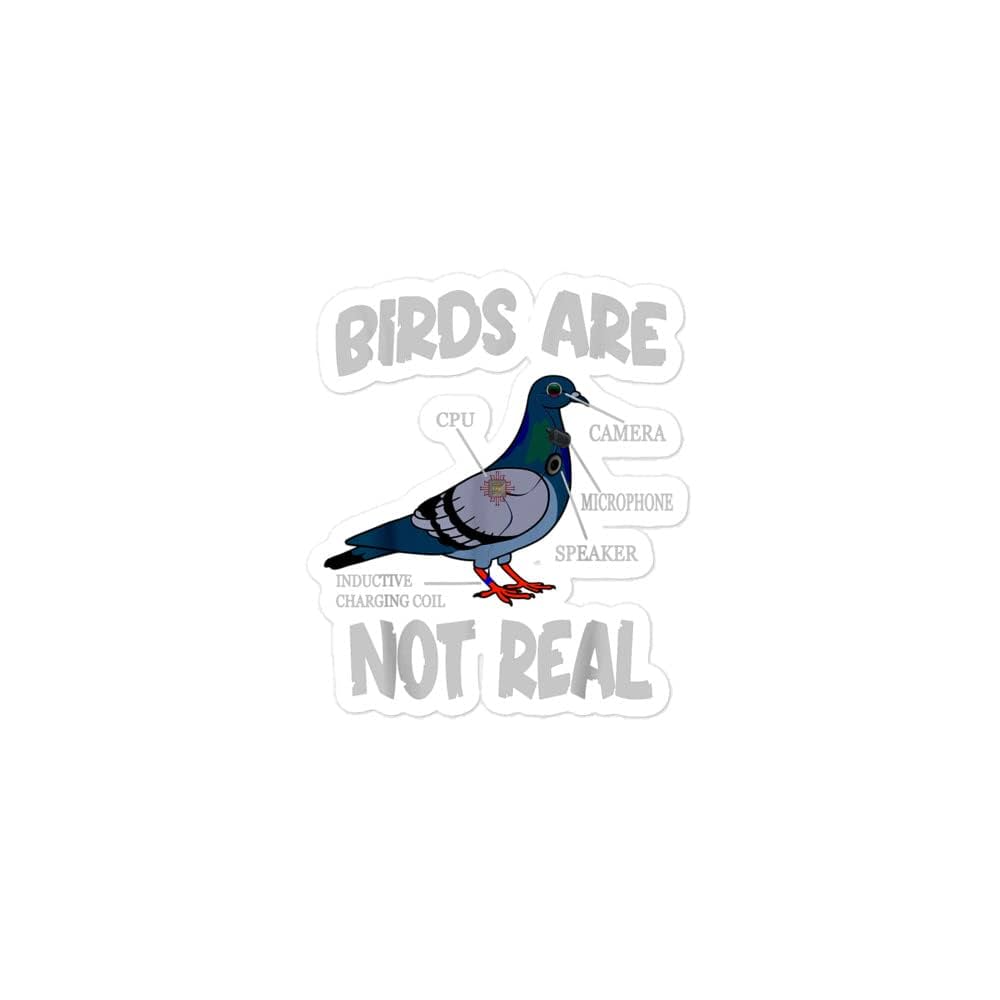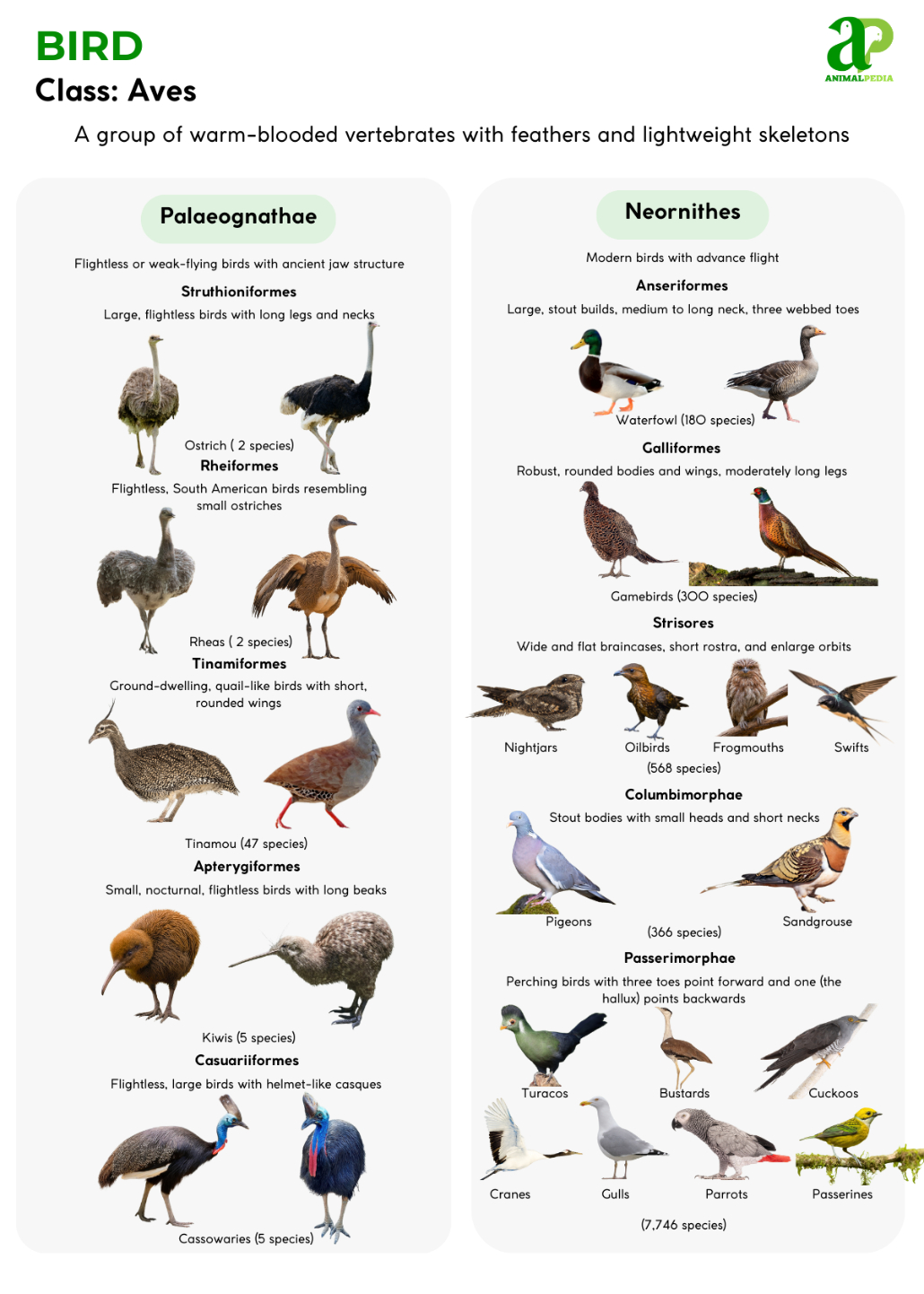Birds are more than just creatures that fill the sky with color and song. Have you ever stopped to think about how they impact your daily life or why they capture your attention so easily?
Whether you’re watching a sparrow outside your window or hearing the call of an eagle far away, birds have a way of connecting with you on a deeper level. You’ll discover surprising facts about birds that might change the way you see them forever.
Get ready to unlock the secrets of these amazing creatures and understand why they matter to you more than you realize.
Bird Characteristics
Birds have unique physical featureslike beaks, wings, and lightweight bones. Their bodies are shaped to help with flying and moving easily.
Flight adaptationsinclude strong chest muscles and hollow bones. These make flying easier and save energy.
Feathers and plumage are very important. Feathers keep birds warm and help them fly. Plumage colors can show their species or attract mates.

Credit: www.amazon.com
Bird Habitats
Birds love forests and woodlands. Trees provide them with shelter. They build nests high up. Leaves hide them from predators. Insects and fruits are abundant here. These are food for many birds. Birds sing from dawn to dusk. Their songs fill the forest.
Wetlands are rich in life. Ducks and herons live here. They find fish and plants to eat. Water is everywhere, making it a perfect home. Birds can swim and fly. They build nests near water. Wetlands attract many bird species.
Cities have many birds too. Pigeons and sparrows are common. They find food scraps easily. Birds nest on rooftops. Parks provide green spaces. People feed birds in urban areas. Birds adapt quickly to city life. They are clever and resourceful.
Bird Behavior
Migration patternsshow how birds travel long distances for food and safety. Many birds fly thousands of miles each year. They use the sun, stars, and Earth’s magnetic field to find their way. Some birds fly during the day, others at night. Migration helps birds survive cold winters and find better places to live.
Mating and nestingare key parts of bird life. Birds build nests to protect their eggs and chicks. Some birds build simple nests, while others make complex ones. Males often show bright colors or sing songs to attract females. Both parents may help feed and protect the young.
Communication and songshelp birds share messages. Birds use calls to warn of danger or find mates. Songs can be loud and beautiful. Each bird species has unique sounds. Listening to bird songs helps scientists learn about their behavior and environment.

Credit: animal-pedia.org
Bird Species Diversity
Birds belong to many familieswith different traits. Some common bird families include:
- Passerines– Small to medium birds like sparrows and finches.
- Raptors– Birds of prey such as eagles and hawks.
- Waterfowl– Ducks, geese, and swans found near water.
- Owls– Nocturnal birds known for silent flight.
Many bird species face danger. Endangered birdsneed protection to survive. Examples include the California Condorand Spix’s Macaw. These birds have small populations and lose their homes.
Some birds are very unique. The Kiwiis a flightless bird from New Zealand. The Resplendent Quetzalis famous for its bright colors. The Hoatzinhas claws on its wings as a chick. Such species show how diverse birds can be.
Birds And Ecosystems
Birds play a vital role in ecosystems. They help plants by carrying pollen from one flower to another. This process is called pollination. It helps plants make fruits and seeds.
Birds also eat fruits and carry seeds far away. This spreads plants to new places. This is called seed dispersal. It helps forests and gardens grow healthy.
- Pest control:Birds eat many insects and pests.
- This keeps plants safe and helps farmers.
- Indicator species:Birds show how healthy an environment is.
- If bird numbers drop, the environment may be in trouble.
Birdwatching And Conservation
Birdwatching is a fun way to enjoy nature and learn about birds. Use binoculars to see birds clearly. Bring a bird guidebook to help identify species. Stay quiet and move slowly to avoid scaring birds. Visit parks or forests early in the morning when birds are active. Keep a notebook to record your sightings and notes.
Conservation protects birds and their homes. Many groups work to save bird habitats. Planting native trees and bushes helps birds find food and shelter. Avoid using pesticides that harm birds and insects they eat. Support laws that protect endangered birds and their environments.
- Build bird feeders and birdhouses at home.
- Keep cats indoors to protect birds.
- Join local birdwatching or conservation groups.
- Reduce plastic use to keep habitats clean.
- Share knowledge about birds with friends and family.

Credit: www.wildlifenomads.com
Frequently Asked Questions
What Are Birds And Why Are They Important?
Birds are warm-blooded animals with feathers and wings. They help spread seeds and control insects.
How Do Birds Adapt To Different Environments?
Birds change their feathers, diet, and behavior to survive in various places and climates.
Why Do Birds Sing And Communicate?
Birds sing to attract mates, mark territory, and warn others of danger.
Conclusion
Birds bring life and color to our world. They sing, fly, and inspire many people. Watching birds can make us feel calm and happy. Protecting their homes helps nature stay healthy. Every bird has a special role to play. Enjoy the beauty and wonder birds provide each day.
Keep learning about these amazing creatures around us. Birds truly connect us to the natural world.
